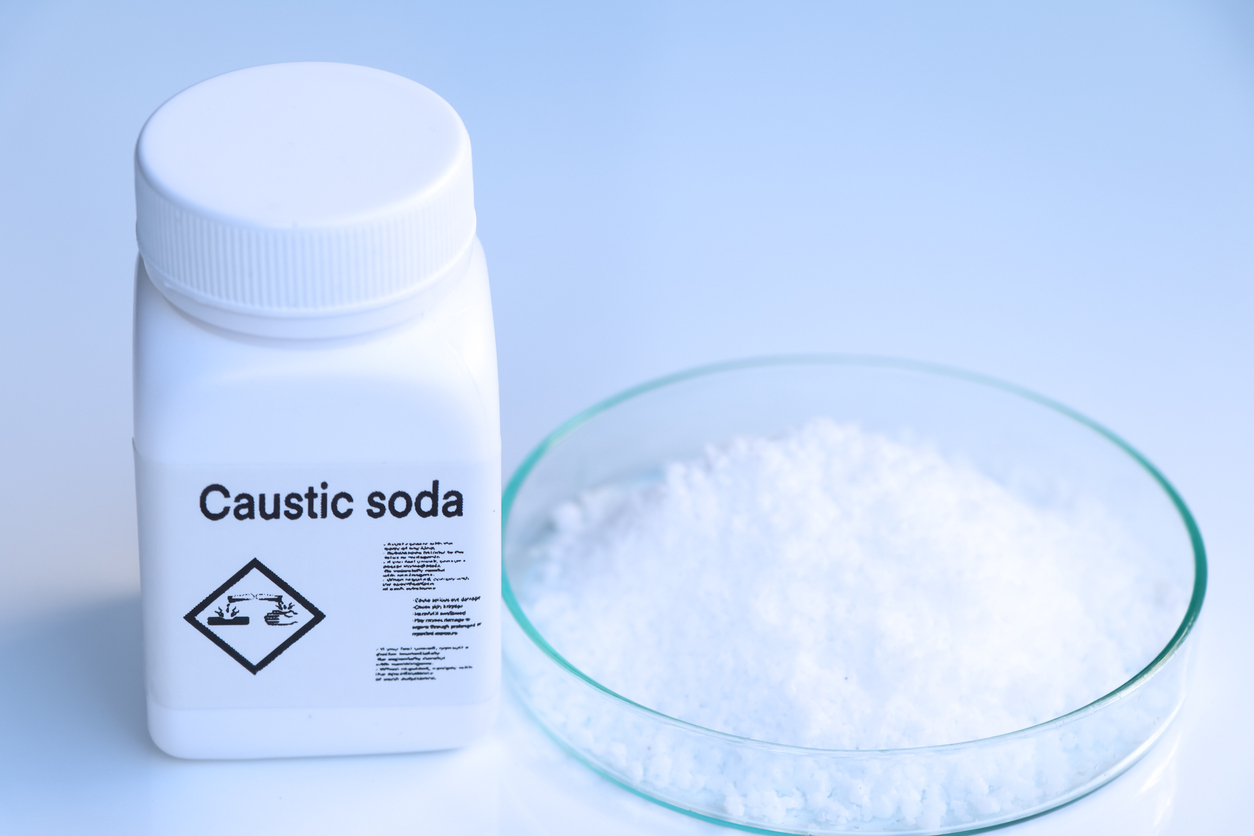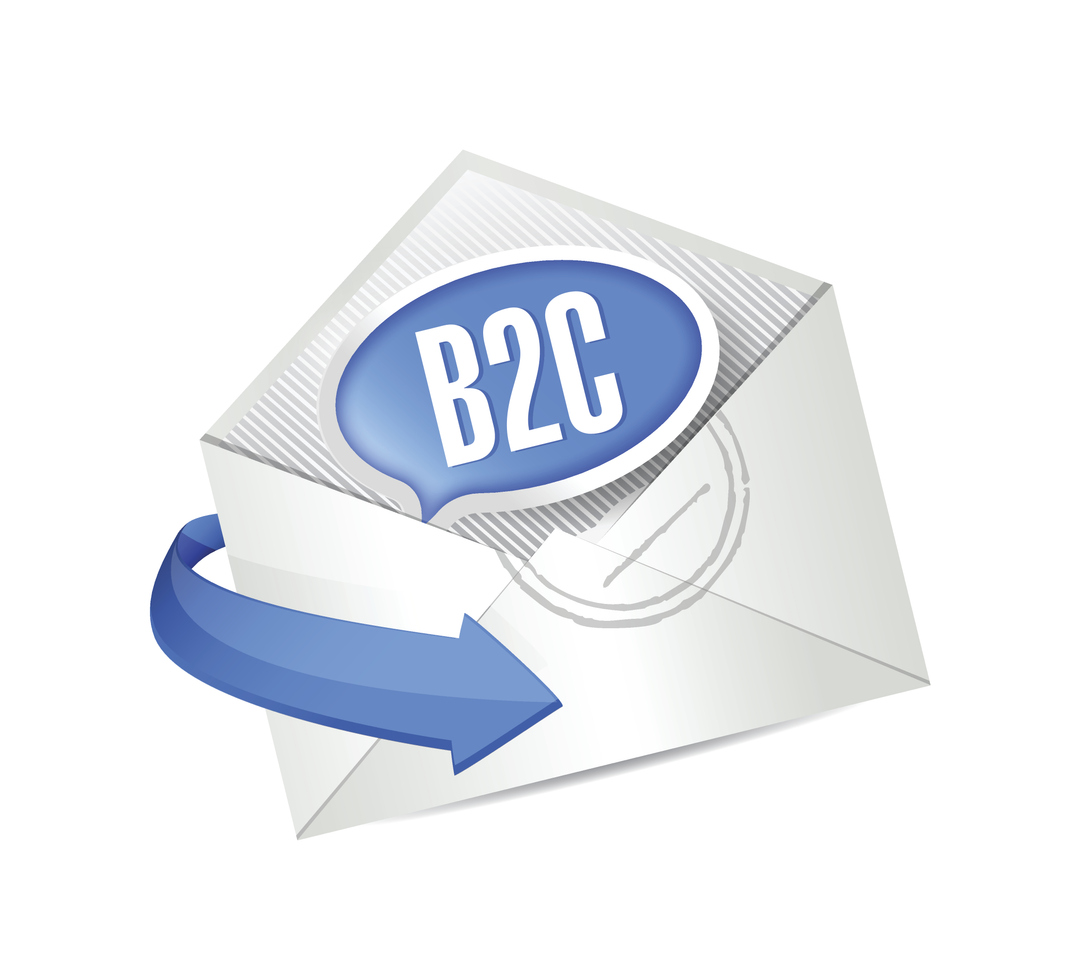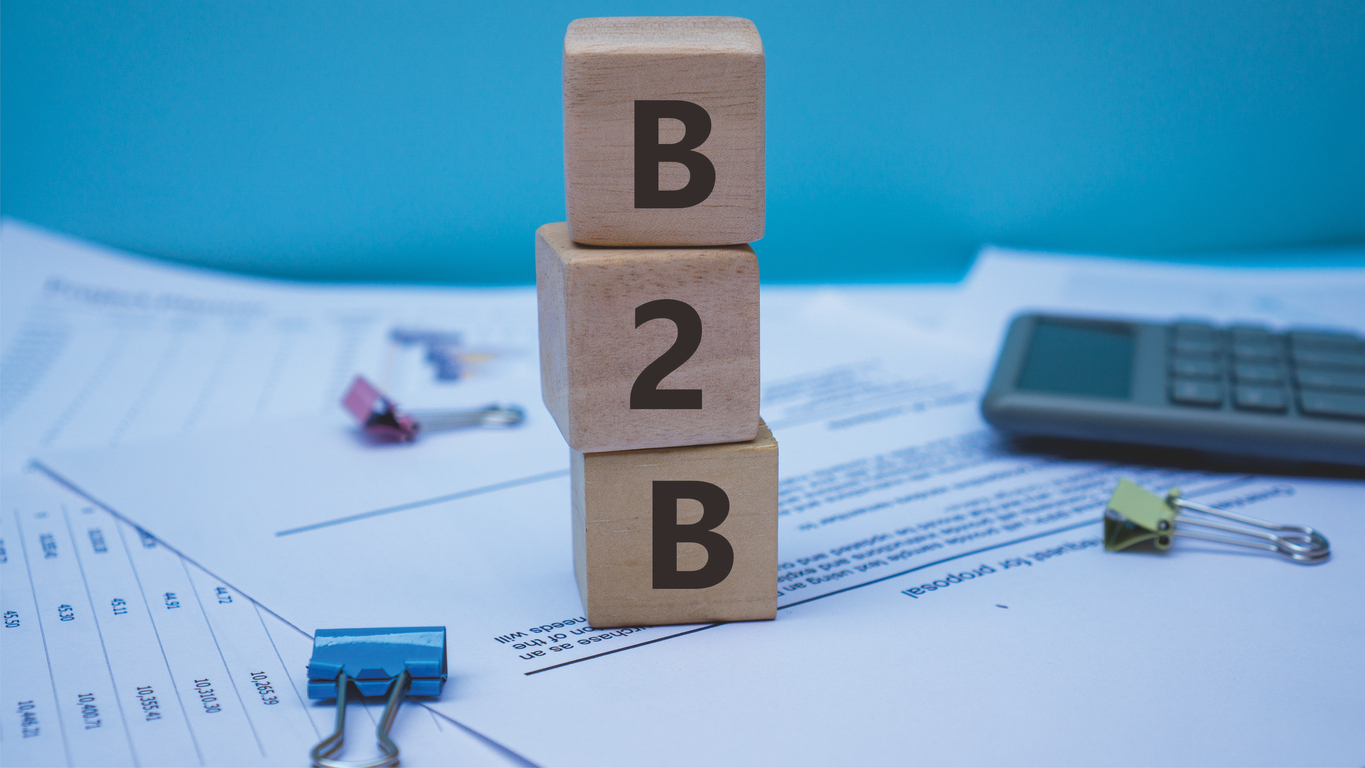The Ultimate Guide to Caustic Soda Flakes: Everything You Need to Know
The Ultimate Guide to Caustic Soda Flakes: Everything You Need to Know
Are you ready to unlock the secrets of one of the most versatile and powerful chemicals in your arsenal? Look no further, because we have prepared “The Ultimate Guide to Caustic Soda Flakes: Everything You Need to Know!” Whether you’re a curious DIY enthusiast or an industry professional, this comprehensive guide will take you on a thrilling journey through the fascinating world of caustic soda flakes. Get ready to discover their countless applications, safety measures, and tips for handling this transformative substance like a pro. So let’s dive right in and unveil all there is to know about caustic soda flakes!
Introduction to Caustic Soda Flakes
Introduction to Caustic Soda Flakes
Caustic soda flakes, also known as sodium hydroxide flakes, are a versatile and essential chemical compound used in various industries. It is a white solid with the chemical formula NaOH and is highly corrosive and reactive. In this section, we will provide an introduction to caustic soda flakes, including their properties, production process, and common uses.
Properties of Caustic Soda Flakes
Caustic soda flakes have several unique properties that make it a valuable substance in many applications. The most notable property of caustic soda flakes is its highly alkaline nature. It has a pH value of 14, making it one of the strongest alkalis available commercially.
Another critical property of caustic soda flakes is its ability to dissolve easily in water. This feature makes it suitable for use in various solutions and mixtures. However, caution must be taken while handling caustic soda flakes as they can cause severe burns if they come into contact with the skin or eyes.
Production Process
The production process of caustic soda flakes involves the electrolysis of saltwater (brine) solution using an electrolytic cell. The brine solution contains sodium chloride (salt), which breaks down into sodium hydroxide (caustic soda) and chlorine gas during the electrolysis process.
What is Caustic Soda?
Caustic soda, also known as sodium hydroxide or lye, is a highly versatile and widely used chemical compound. It is a white, odorless solid that is soluble in water and forms a strong alkaline solution. Caustic soda flakes are the most common form of caustic soda and are produced through the electrolysis of saltwater.
Chemical Composition:
The chemical formula for caustic soda is NaOH, which represents its three main elements – sodium (Na), oxygen (O), and hydrogen (H). It has a molecular weight of 40.01 g/mol.
Properties:
Caustic soda has several unique properties that make it an essential component in various industries. Firstly, it is highly corrosive and can cause severe burns if not handled properly. It is also hygroscopic, meaning it readily absorbs moisture from the air, making it important to store in air-tight containers. Furthermore, it is highly reactive with other substances and can release large amounts of heat when mixed with water.
Uses:
Caustic soda flakes have numerous applications across various industries due to their strong alkaline nature. One of its most common uses is in the manufacturing of paper products such as tissue paper, cardboard boxes, and newspaper. It acts as a bleaching agent by breaking down lignin in wood pulp to produce white paper products.
Uses of Caustic Soda Flakes
Caustic soda flakes, also known as sodium hydroxide, are a highly versatile chemical compound that is commonly used in various industries. It is a white, odorless solid that is highly soluble in water and has a wide range of applications due to its strong alkaline properties.
Here are some of the common uses of caustic soda flakes:
1. Industrial cleaning agent:
One of the primary uses of caustic soda flakes is as an industrial cleaning agent. Due to its high alkalinity, it can effectively break down grease, oil, and other organic substances. It is widely used in commercial kitchens, food processing plants, and other manufacturing industries for cleaning equipment and surfaces.
2. Water treatment:
Caustic soda flakes are also commonly used in water treatment processes such as purifying drinking water and treating wastewater. Its strong alkaline nature helps neutralize acidic compounds and remove impurities from the water.
3. Paper production:
In the paper industry, caustic soda flakes are used for pulping wood chips or recycled paper to produce pulp which is then processed into paper products. It helps separate fibers from impurities and improves the quality of the final product.
4. Textile industry:
Caustic soda flakes play a crucial role in the textile industry where it is used for fabric dyeing and bleaching processes. It helps remove natural oils from fabrics and makes them more receptive to dyes.
Manufacturing Process of Caustic Soda Flakes
The manufacturing process of caustic soda flakes involves several steps to produce high-quality and pure sodium hydroxide flakes. This chemical compound is commonly used in various industries such as paper, textile, soap and detergent, water treatment, and many others.
1. Preparation of Raw Materials:
The first step in the manufacturing process is the preparation of raw materials. The main ingredient for producing caustic soda flakes is salt (sodium chloride). It is combined with water and electricity through an electrolysis process to create a solution known as brine.
2. Electrolysis Process:
The brine solution then goes through an electrolysis process where it is fed into an electrolytic cell consisting of anodes and cathodes. A direct electric current is passed through the cell causing the brine to split into chlorine gas at the anode and hydrogen gas at the cathode.
3. Separation of Chlorine Gas:
After separation from hydrogen gas, chlorine gas goes through further processing for use in other industries such as plastics, paper bleaching, and pharmaceuticals.
4. Formation of Sodium Hydroxide:
Meanwhile, at the cathode side of the cell, sodium hydroxide (NaOH) forms along with some leftover by-products such as sodium hypochlorite (bleach). These by-products are further processed or sold separately for industrial use.
Safety Precautions When Handling Caustic Soda Flakes
Caustic soda flakes, also known as sodium hydroxide flakes, are a highly versatile and widely used chemical compound. From cleaning and industrial processes to water treatment and soap making, caustic soda flakes have numerous applications. However, this powerful substance can also be hazardous if not handled properly. In this section, we will discuss some important safety precautions that must be taken when handling caustic soda flakes.
1. Wear Protective Gear:
The first and most important step in ensuring safety when handling caustic soda flakes is to wear appropriate protective gear. This includes gloves made of nitrile or neoprene rubber, goggles or face shield, and a long-sleeved shirt with full-length pants. These protective gear items act as a barrier between your skin and the corrosive substance and prevent any accidental contact.
2. Use Proper Storage Containers:
Caustic soda flakes should always be stored in sealed containers made of materials like polyethylene or stainless steel. Avoid using containers made of aluminum or copper as they may react with the chemical and cause an explosion. Additionally, make sure to label the containers clearly with the name of the substance and its hazard warning symbol.
Differences Between Caustic Soda Flakes, Lye, and Prills
Caustic soda flakes, lye, and prills are all common forms of the chemical compound sodium hydroxide (NaOH), also known as caustic soda. While they share similar properties and uses, there are some important differences between these forms that are worth understanding.
1. Physical Form:
The main difference between caustic soda flakes, lye, and prills is their physical form. Caustic soda flakes are thin, white flakes that easily dissolve in water. Lye is a more concentrated liquid form of sodium hydroxide that can also be dissolved in water. Prills, on the other hand, are small beads or pellets that are solid and do not dissolve as easily as the other forms.
2. Concentration:
Another key difference between these forms is their concentration levels. Caustic soda flakes typically have a concentration of 98%, while lye has a higher concentration of around 50%. This means that lye is more corrosive and should be handled with greater caution than caustic soda flakes or prills.
How to Use Caustic Soda Flakes in Household Cleaning
Caustic soda flakes, also known as sodium hydroxide, are highly versatile and powerful cleaning agents that can be used in a variety of household cleaning tasks. From unclogging drains to removing tough stains, these flakes are an essential item for any household cleaning arsenal. In this section, we will discuss the various ways in which you can use caustic soda flakes for effective household cleaning.
1) Unclogging Drains: One of the most common uses of caustic soda flakes is to unclog drains. The flakes have powerful alkaline properties that help dissolve hair, grease, and other organic materials that clog up pipes. To use caustic soda flakes for unclogging drains, mix about 3-4 tablespoons of the flakes with hot water and pour it down the drain. Let it sit for at least 30 minutes before flushing it with hot water again.
2) Removing Tough Stains: Caustic soda flakes are also great for removing tough stains from surfaces such as tiles, grout, and even clothing. Mix a small amount of the flakes with warm water to create a paste-like consistency and apply it directly on the stain. Let it sit for about 10-15 minutes before scrubbing it off with a brush or cloth. Rinse thoroughly with water afterward.
Alternative Uses for Caustic Soda Flakes
Caustic soda flakes, also known as sodium hydroxide or lye, are most commonly used in industrial settings for various chemical processes. However, this versatile compound has several alternative uses that you may be surprised to learn about. In this section, we’ll explore some of the alternative uses for caustic soda flakes that you may not have considered before.
1. Cleaning and Household Use
One of the most popular alternative uses for caustic soda flakes is cleaning. Due to its highly alkaline nature, caustic soda is a powerful degreaser and can effectively remove tough stains from surfaces such as grease, oil, and wax. It is often used in commercial drain cleaners and oven cleaners due to its ability to dissolve organic matter.
You can create your own all-purpose cleaner by mixing a small amount of caustic soda with water and vinegar. This solution can be used on countertops, floors, and other surfaces to cut through grime and leave them sparkling clean.
2. Soap Making
Another common alternative use for caustic soda flakes is soap making. When combined with fats or oils in a process called saponification, caustic soda creates a strong alkali solution that breaks down these ingredients into soap molecules.
Soap made with caustic soda is known for its cleansing properties and ability to cut through grease and dirt. It is commonly used in handmade soaps as well as commercial products.
Conclusion: Benefits
Conclusion: Benefits
After exploring the various aspects of caustic soda flakes, it is clear that this chemical compound offers numerous benefits in various industries. From manufacturing to household cleaning, caustic soda flakes have proven to be an essential and versatile substance.
1. Effective Cleaning Agent
One of the primary benefits of using caustic soda flakes is its effectiveness as a cleaning agent. Due to its highly alkaline nature, it can easily dissolve grease, oils, and other organic materials. It is commonly used in industries such as food processing, oil refining, and metalworking for its powerful cleaning properties.
2. Cost-Effective
Compared to other industrial cleaners or household detergents, caustic soda flakes are relatively inexpensive. This makes it a cost-effective option for businesses and households alike. Its high concentration also means that a small amount can go a long way in achieving effective results.
3. Versatility
Caustic soda flakes have a wide range of applications across different industries due to their versatility. Besides being used as a cleaning agent, it is also utilized in water treatment processes, soap making, textile production, and even paper manufacturing.
4. Safer Alternative
While caustic soda may sound like a harsh chemical, it is considered safer than many traditional cleaning agents such as bleach or ammonia. When handled properly and diluted correctly with water, it poses little risk to both humans and the environment.








Comments are closed.